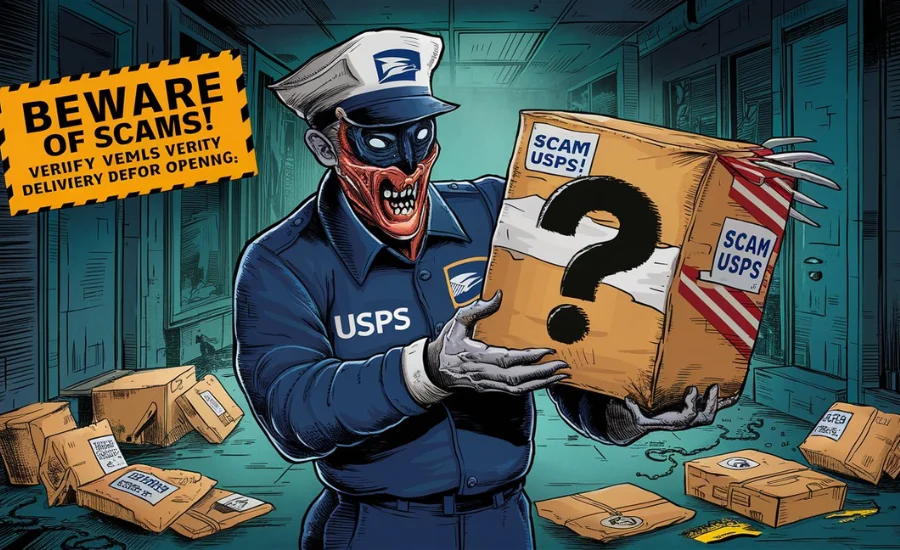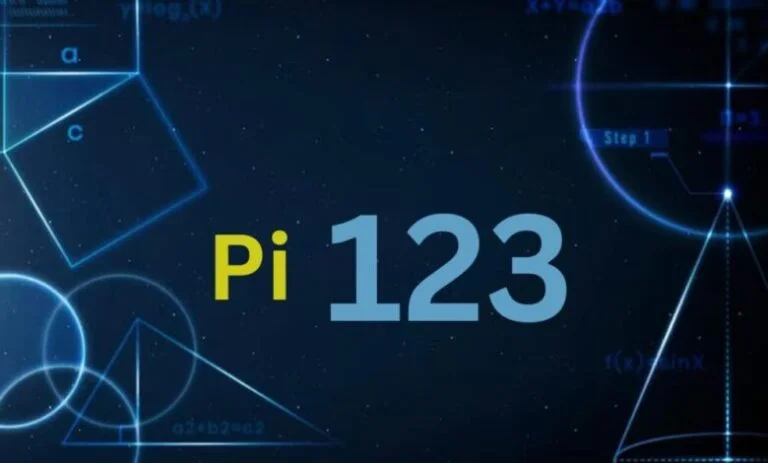In the ever-evolving digital landscape, scams and phishing schemes have become increasingly sophisticated, making it more challenging for individuals to protect themselves. One such scam that has gained traction recently involves a fake USPS tracking number—9300120111410471677883. This scam is designed to trick unsuspecting victims into divulging sensitive information under the guise of tracking a package. In this article, we will delve into how the USPS tracking scam operates, how to identify it, and the steps you can take to protect yourself from becoming a victim.
What Is the USPS Tracking Scam?
The USPS tracking scam is a phishing scheme that capitalizes on the widespread use of online shopping and package deliveries. Scammers generate fake tracking numbers, such as 9300120111410471677883, and send them to potential victims via email, text message, or even through social media platforms. The message typically informs the recipient that a package is en route and provides a link to track the shipment. However, the link directs the victim to a fraudulent website designed to steal personal and financial information.
How the Scam Operates
1. Initial Contact
The scam begins with an unsolicited message that appears to come from the USPS. The message includes a tracking number and a link, urging the recipient to click and verify the status of their package. These messages often use urgent language to create a sense of urgency, such as “Your package is on hold” or “Action required to deliver your package.”
2. Fake Tracking Number
The tracking number provided, such as 9300120111410471677883, may appear legitimate at first glance. However, when entered into the official USPS website, it either produces an error or redirects the victim to a fake website designed to look like the USPS site.
3. Phishing Website
If the victim clicks the link, they are taken to a phishing website that mimics the USPS tracking page. The site asks for personal information, such as the victim’s name, address, phone number, and credit card details. Some sophisticated scams even request login credentials for USPS accounts or other sensitive information.
4. Data Harvesting
Once the victim enters their information, the scammers capture it and use it for various fraudulent activities. This could include making unauthorized purchases, opening accounts in the victim’s name, or selling the information on the dark web.
5. Outcome
The victim receives no package, and by the time they realize the scam, the damage is often already done. In some cases, the scammers may continue to send further messages to extract more information or to exploit the victim further.
How to Identify the USPS Tracking Scam
1. Suspicious Tracking Numbers
Legitimate USPS tracking numbers are 22 digits long, but scammers often create numbers that are either shorter or appear unusual. If the number doesn’t follow the standard format, it’s likely a scam.
2. Unsolicited Messages
Be wary of any unsolicited emails or text messages that ask you to track a package, especially if you haven’t ordered anything recently. Scammers rely on the assumption that recipients will be curious enough to click the link.
3. Check the URL
Before entering any information, carefully check the website URL. Legitimate USPS websites will have a “.usps.com” domain. If the URL looks suspicious or doesn’t match the official USPS domain, do not proceed.
4. Grammar and Spelling Errors
Many scam messages contain grammatical errors, spelling mistakes, or awkward phrasing. This is often a red flag, as legitimate businesses typically ensure that their communications are polished and professional.
5. Verify Directly with USPS
If you receive a tracking number that you’re unsure about, go directly to the official USPS website and manually enter the number into the tracking tool. Do not click on any links provided in unsolicited messages.
What to Do if You Fall Victim to the Scam
1. Report the Scam
If you suspect that you’ve fallen victim to the USPS tracking scam, report it immediately to the USPS and the Federal Trade Commission (FTC). This can help authorities track down the scammers and potentially prevent others from being victimized.
2. Monitor Your Accounts
Keep a close eye on your financial accounts for any unauthorized transactions. If you notice anything suspicious, contact your bank or credit card company immediately to report the fraud and secure your accounts.
3. Change Your Passwords
If you provided login credentials to the scam website, change your passwords for any accounts that use similar information. Use strong, unique passwords to prevent further unauthorized access.
4. Enable Two-Factor Authentication
Consider enabling two-factor authentication (2FA) on your online accounts. This adds an extra layer of security, making it harder for scammers to gain access even if they have your login information.
5. Educate Others
Share your experience with friends and family to help raise awareness about the USPS tracking scam. The more people are informed, the less likely they are to fall for such schemes.
Conclusion
The USPS tracking scam, exemplified by fake tracking numbers like 9300120111410471677883, is a cunning phishing scheme designed to exploit the trust people place in delivery services. By understanding how the scam operates and being vigilant, you can protect yourself and others from becoming victims. Always verify the authenticity of tracking numbers, be cautious of unsolicited messages, and report any suspicious activity to the appropriate authorities.

 Lifestyle8 months ago
Lifestyle8 months ago
 Lifestyle8 months ago
Lifestyle8 months ago
 Fashion8 months ago
Fashion8 months ago
 Business8 months ago
Business8 months ago
 Celebrity8 months ago
Celebrity8 months ago
 Business7 months ago
Business7 months ago
 Health8 months ago
Health8 months ago
 Tech8 months ago
Tech8 months ago



